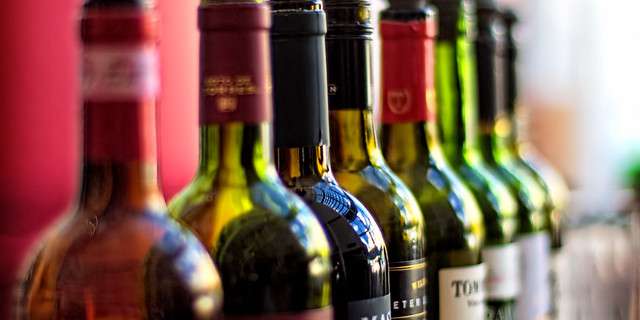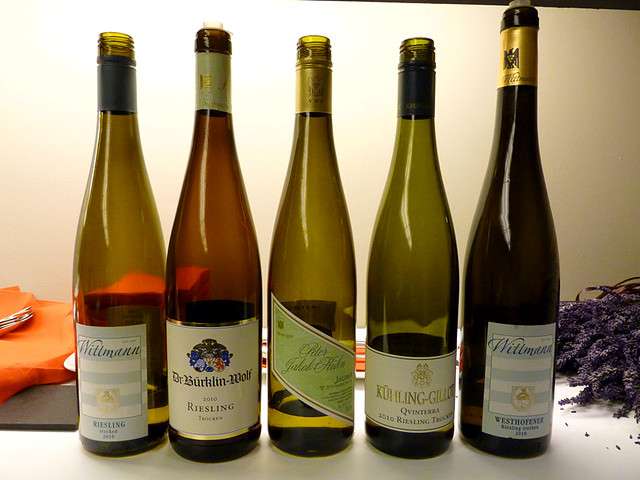
Wine bottle glass colors are carefully chosen to preserve wine integrity and improve marketability. Image Source: Flickr user Alex Brown
I feel blessed to live in one of the most beautiful areas in our country. The Pacific NW offers the perfect climate and landscape for summer recreation and one way to enjoy the great outdoors is to spend a Sunday afternoon driving through the hills and valleys of this region. A quick drive into the country can lead to beautiful landscapes covered with rolling vineyards and architecturally beautiful wineries. The wine industry has grown significantly in this area over the past several decades and in just an afternoon you can stop by more than a handful of destinations and sample a large variety of fine wines. On our last winery tour I was given yet another lesson on wine tasting, but this time the conversation was not about the actual wine itself. In fact, I spent nearly an hour with the vintner discussing wine bottle glass colors. You may be wondering how the color of the bottles could possible warrant that much attention, but in truth it plays a significant role in wine integrity and marketability.
Most wine connoisseurs know that proper storage conditions greatly affect the quality of wines. Light and high temperatures are the main culprits for altering wine integrity and can have a direct effect on taste and color. “Studies have shown that the color of the glass affects the color and aroma of the wine within when exposed to light; specifically it was found that green bottles have a greater protective effect against light than lighter colored bottles when held at a constant temperature. Interestingly, other studies have found the exact opposite, so it’s not completely clear what is going on inside those bottles when exposed to light.”1. Glass color measurement provides insight on how light affects wine after bottling and can help wine producers make important choices when it comes to bottling quality wines.

Monitoring glass color with advanced spectral technology provides the data needed to make the best choices in bottling options. Image Source: Flickr user dpotera


